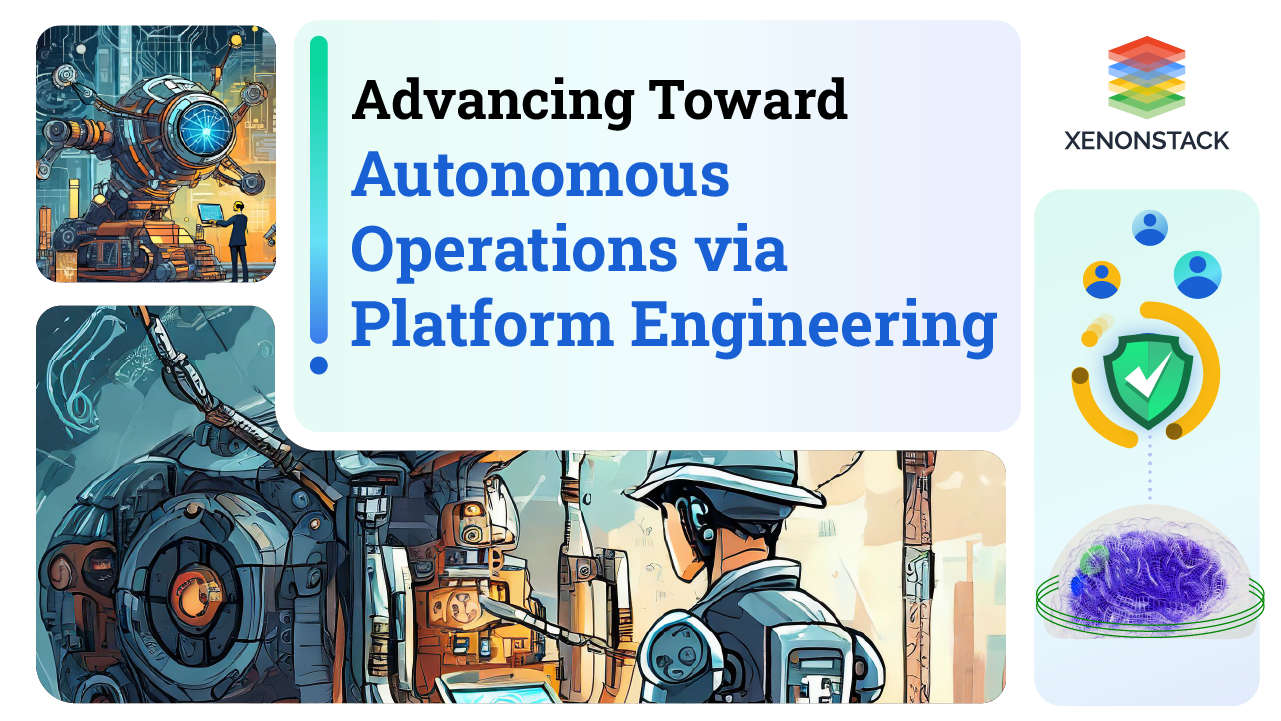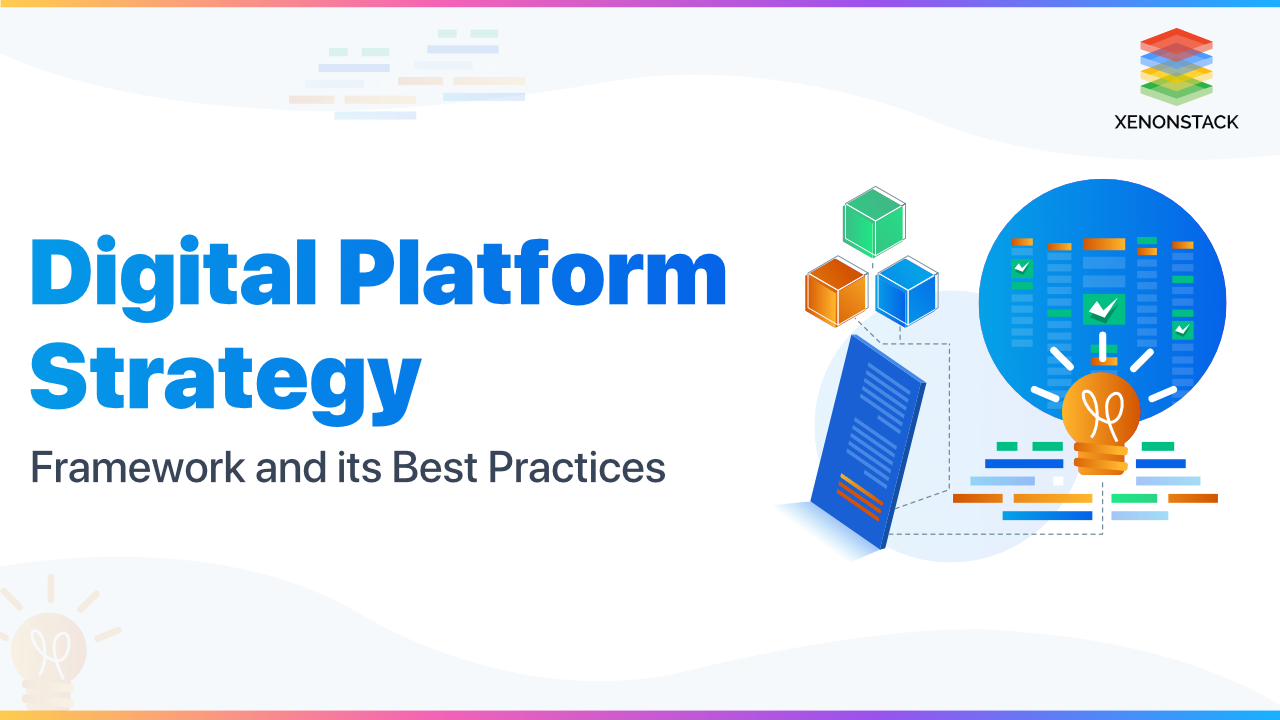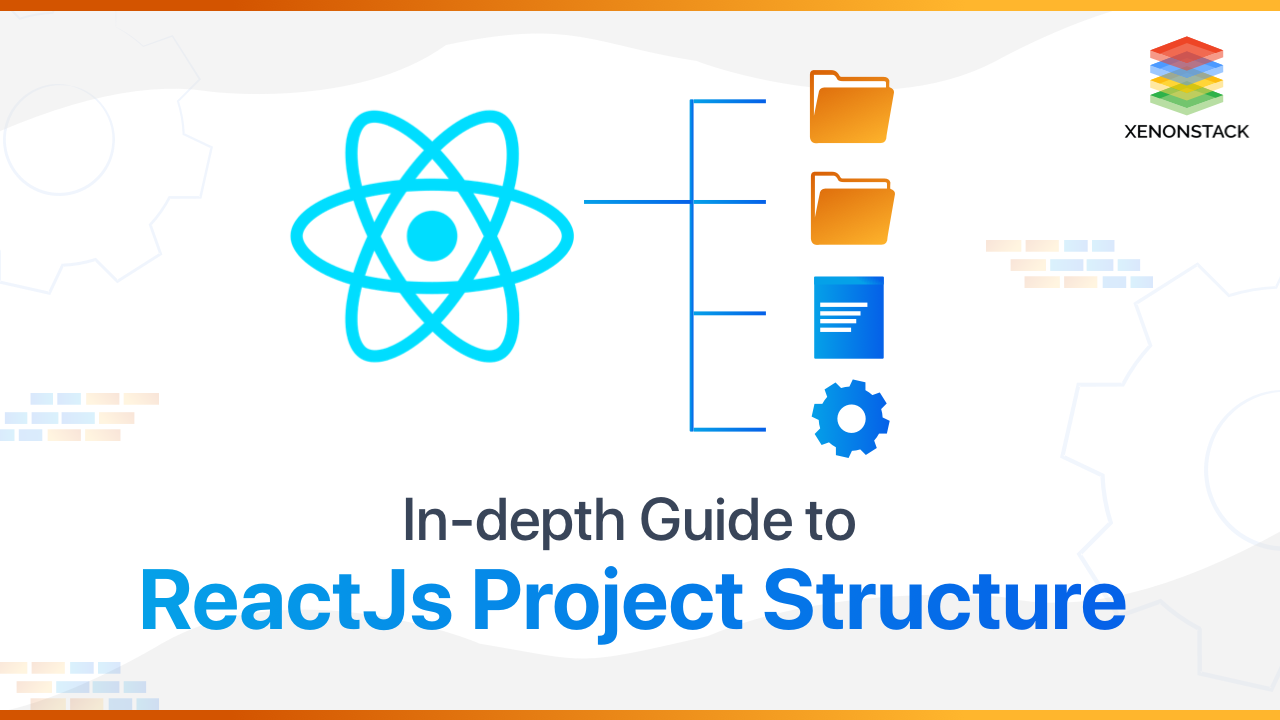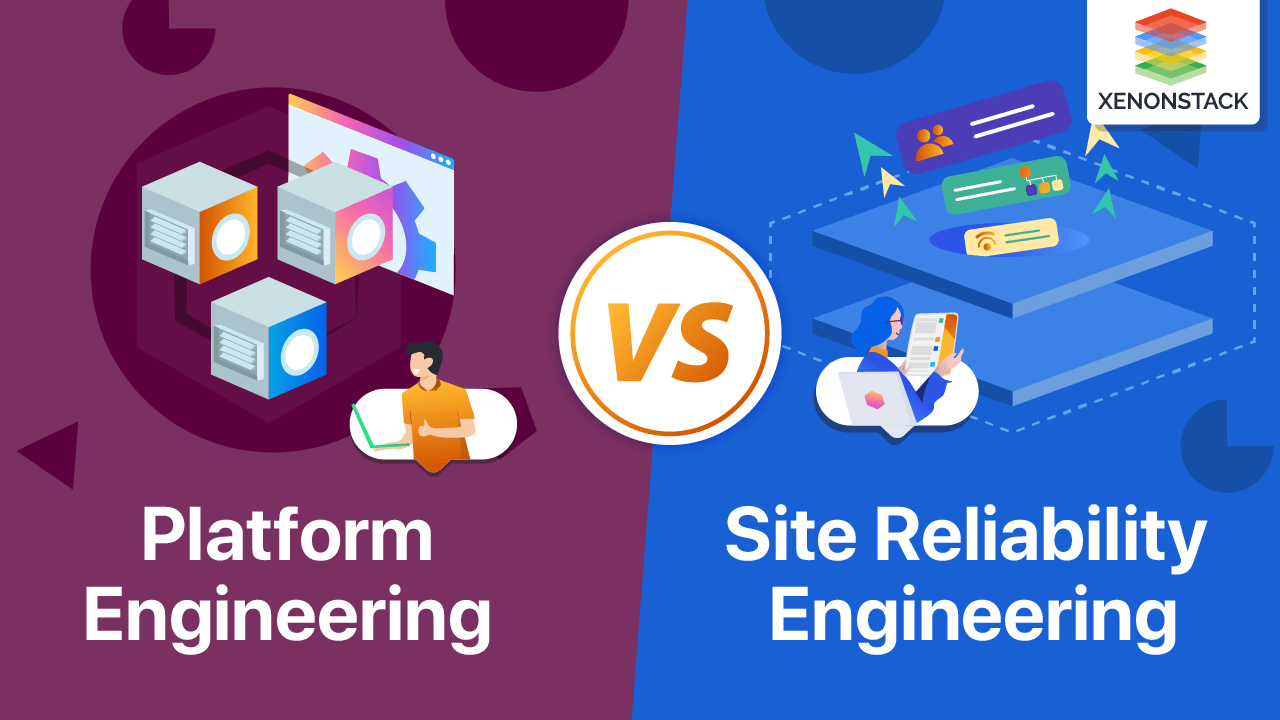Introduction
In today's rapidly evolving technological landscape, Platform Engineering has emerged as a crucial pillar for organizations striving to achieve operational excellence and seamless Digital Transformation. Platform Engineering encompasses the design, development, and maintenance of robust, scalable platforms that serve as the foundation for delivering innovative products and services.
At its core, Platform Engineering focuses on creating a unified ecosystem that enables collaboration, agility, and efficiency across diverse teams and technologies. Organizations can streamline processes by leveraging automation, orchestration, and containerization technologies, accelerating time-to-market and enhancing overall system reliability.
Platform Engineering is pivotal in empowering enterprises to embrace the principles of Autonomous Operations (AutonomousOps), where intelligent systems and AI-driven capabilities work harmoniously to self-manage and optimize operations. This shift towards autonomy signifies a paradigmatic transformation in how organizations approach IT operations, moving from reactive and manual practices to proactive, self-healing systems that continuously adapt to changing business needs.
Evolution Of Platform Engineering
Platform engineering has witnessed a remarkable evolution over the years. As technology advanced, the need for interconnected systems grew, leading to the development of networked environments. Platform engineering adapted to support these interconnected systems, evolving from traditional on-premises setups to cloud-based architectures. The shift towards cloud computing and virtualization further revolutionized platform engineering, enabling scalable and flexible infrastructure deployment.
During the DevOps era, the emphasis was largely on eliminating barriers between development and operations teams to facilitate quicker software delivery and enhance collaboration. While DevOps revolutionized the software development lifecycle, organizations soon realized the need for a more advanced approach to manage the complexities of modern IT environments.
This paved the way for AutonomousOps, a concept that leverages artificial intelligence, machine learning, and automation to create self-managing platforms capable of making intelligent decisions and optimizing operations without human intervention. AutonomousOps represents the next frontier in platform engineering, where systems are designed to continuously learn, adapt, and self-heal in response to changing conditions and requirements.
As organizations adopt AutonomousOps principles, they can achieve unparalleled levels of efficiency, reliability, and scalability in their operations. Businesses can streamline processes, reduce downtime through automation and intelligent algorithms, and proactively tackle potential issues before affecting user experience. This relentless pursuit of innovation and efficiency is central to platform engineering's dynamic landscape. Embracing this transformation isn't just strategic; it's essential for unlocking technology's full potential in driving business success in the digital era.
Role of Platform Engineering in Autonomous Operations
Platform Engineering plays a crucial role in driving the evolution towards AutonomousOps. Platform Engineering teams are tasked with designing platforms beyond being merely scalable and reliable; they are engineered to incorporate automation and self-service capabilities at their core. This section delves into how Platform Engineering teams architect internal developer platforms (IDPs) that encapsulate best practices, security measures, and compliance standards as reusable services. By doing so, they streamline development processes, shorten cycle times, and empower autonomous operations within organizations.
Creating IDPs enables developers to leverage pre-defined services and tools that adhere to established standards, enhancing productivity and reducing time-to-market for new applications. This approach fosters a culture of self-service and automation, allowing development teams to focus on innovation and application delivery without being bogged down by manual, repetitive tasks. Platform Engineers are vital in integrating Artificial Intelligence (AI) and Machine Learning (ML) capabilities into these platforms. By infusing AI/ML technologies, platforms can make data-driven decisions, optimize resource allocation, and enhance operational resilience. This intelligent automation improves efficiency and enables platforms to adapt dynamically to changing conditions, ensuring smoother operations and better responsiveness to evolving business needs.
Platform Engineering is the cornerstone for AutonomousOps by architecting platforms that promote automation, self-service, and intelligent decision-making. By embracing these principles, organizations can achieve greater operational efficiency, agility, and resilience in the era of autonomous operations.
Key Components of Platform Engineering
An essential element of platform engineering involves crafting and executing resilient and scalable infrastructure to facilitate applications and services' deployment, administration, and functioning. This includes defining the architecture, selecting appropriate technologies, setting up automation processes, ensuring high availability and reliability, and optimizing performance for the platform to meet the organization's requirements efficiently.
-
Infrastructure as Code (IaC) is a fundamental practice in Platform Engineering that involves managing and provisioning infrastructure through code and automation rather than manually configuring individual hardware devices. This facilitates streamlined and uniform infrastructure deployment, simplified scalability, and enhanced version control.
-
Automation is another critical component of Platform Engineering. By automating repetitive tasks and workflows, teams can streamline operations, reduce human error, and increase productivity. Automation also plays a crucial role in enabling self-healing capabilities within the platform, ensuring that issues are identified and resolved automatically.
-
Self-service capabilities empower users to independently provision resources and services within the platform without requiring manual intervention from IT teams. This enhances agility and speed and reduces the burden on IT operations, allowing them to focus on more strategic initiatives.
By leveraging these key components of Platform Engineering, build robust and scalable systems that support autonomous operations, driving efficiency, innovation, and business growth.
Steps to Transition to AutonomousOps
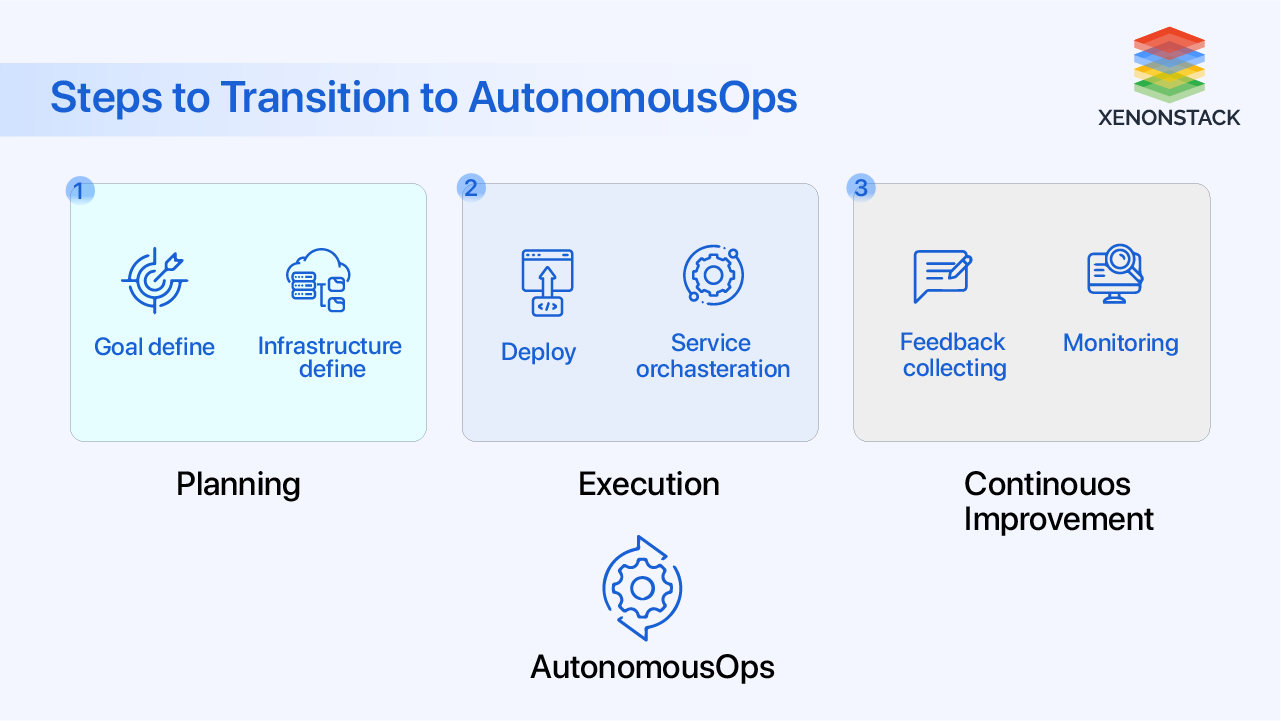
Transitioning to Autonomous Operations requires a strategic approach encompassing planning, execution, and continuous improvement. This transformative journey entails developing a clear roadmap and committing to evolving operational practices toward autonomy.
-
Planning: The initial step in transitioning to AutonomousOps involves comprehensive planning. Define goals, assess current infrastructure and processes, and outline necessary changes for achieving autonomy. Develop a roadmap detailing key milestones, timelines, and resource needs. Engage organisational stakeholders to ensure alignment and commitment to the transition plan.
-
Execution: Execute the transition to AutonomousOps with a well-defined plan. Implement changes incrementally, starting with pilot projects or small-scale initiatives to test new processes and technologies. Monitor progress closely, gather feedback from teams, and adjust as required. Foster collaboration and cross-functional teamwork to enhance efficiency and innovation throughout the transition.
-
Continuous Improvement: Transitioning to AutonomousOps is a continuous journey of improvement. Embrace a culture of experimentation, learning, and adaptation. Regularly evaluate the effectiveness of new practices and technologies, gather data-driven insights, and utilize feedback loops for iterative enhancements. Cultivate an agile and resilient mindset to navigate challenges and leverage growth opportunities.
Tools and Technologies for AutonomousOps
In the Platform Engineering and AutonomousOps domain, it is crucial to select the right tools and technologies to achieve operational excellence and efficiency. Three key pillars that underpin this technological landscape are Kubernetes, Terraform, and CI/CD Pipelines.
-
Kubernetes, an open-source container orchestration platform, plays a vital role in automating the deployment, scaling, and management of containerized applications. Its capability to abstract complex infrastructure details and facilitate seamless scaling makes it indispensable for achieving autonomous operations.
-
Terraform, a powerful tool in the Platform Engineering toolkit, facilitates infrastructure as code, streamlining the provisioning and management of resources across various cloud providers. By defining infrastructure in declarative configuration files, terraform ensures consistent, reproducible deployments and streamlines infrastructure automation.
-
Continuous Integration/Continuous Deployment (CI/CD) pipelines are fundamental for automating software delivery, from code changes to production deployment. These pipelines streamline workflows, expedite development cycles, and uphold code quality through automated testing and deployment procedures.
By harnessing Kubernetes for container orchestration, Terraform for infrastructure provisioning, and CI/CD pipelines for automated software delivery, organizations can establish a sturdy foundation for Autonomous Operations. These tools empower teams to enhance agility, resilience, and scalability in their operations, ushering in a future of autonomous and self-healing systems.
Benefits of AutonomousOps
Adopting AutonomousOps offers numerous benefits for IT operations, revolutionizing how organizations manage their systems and networks.
-
Enhanced Operational Efficiency: AutonomousOps simplifies operational workflows by automating mundane tasks like provisioning, scaling, and monitoring. This automation reduces manual intervention and minimizes human errors, leading to greater operational efficiency and smoother workflows.
-
Predictive Maintenance and Reduced Downtime: By leveraging predictive analytics and machine learning algorithms, AutonomousOps can anticipate potential issues before they occur. This proactive approach allows for predictive maintenance, minimizing downtime, and ensuring optimal system performance.
-
Improved Security Postures: AutonomousOps enhances cybersecurity by continuously monitoring network activity and swiftly detecting anomalies or security threats. With automated threat detection and mitigation capabilities, AutonomousOps can respond to security incidents in real-time, bolstering the organization's overall security posture.
-
Accelerated Innovation: AutonomousOps empowers teams to focus on strategic initiatives and innovation by automating repetitive tasks and freeing human resources from important operational duties. This transition empowers organizations to foster creativity, embrace innovative technologies, and maintain a competitive edge in a swiftly changing digital environment.
The adoption of AutonomousOps optimizes operational efficiency, reduces downtime, and strengthens security measures and fosters a culture of innovation and growth within operations. By embracing AutonomousOps, organizations can unlock new possibilities, drive continuous improvement, and adapt to the dynamic demands of the digital era.
